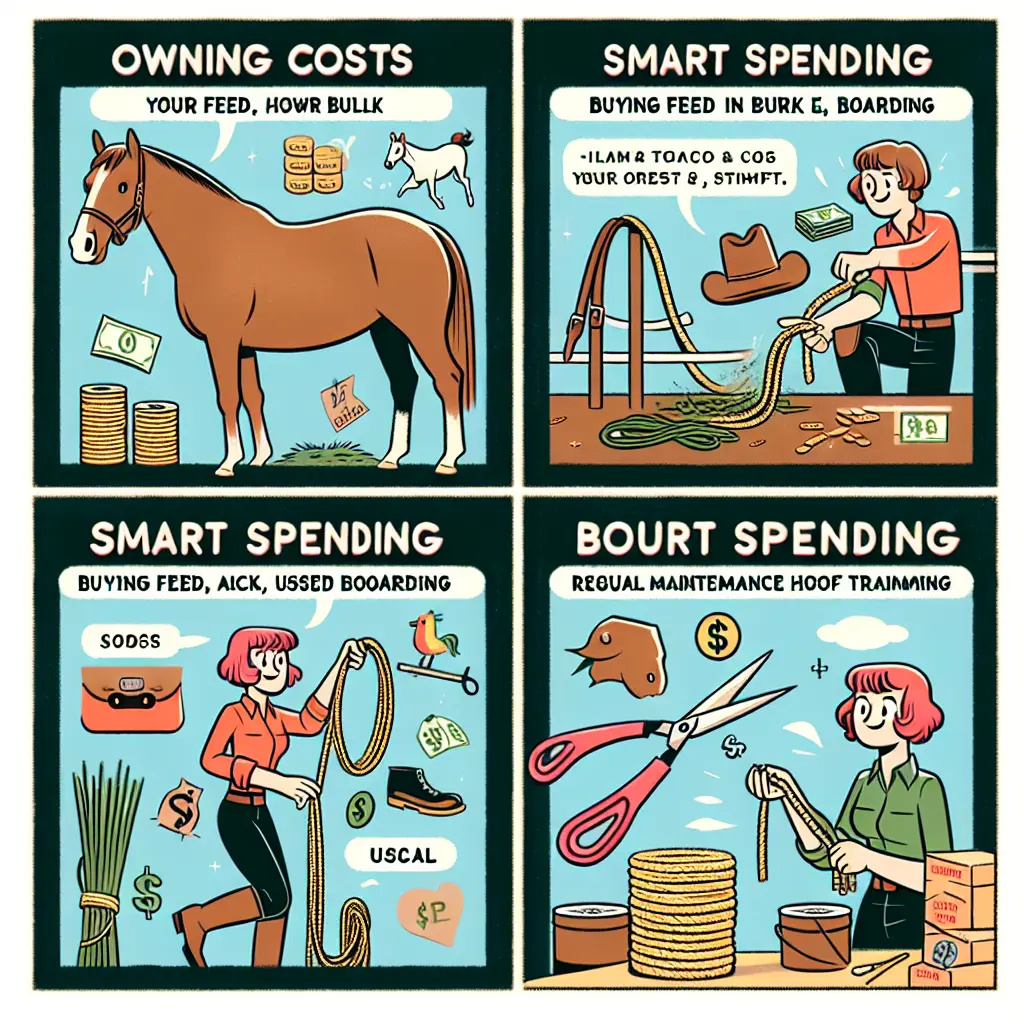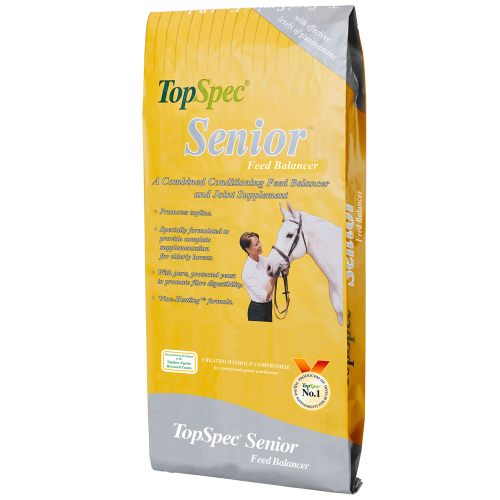Cost-Effective Feeding Strategies for Horse Owners

Feeding horses can be one of the most significant expenses for horse owners. However, with thoughtful planning and smart choices, it is possible to maintain your horse’s health and performance without overspending. This article explores practical, cost-effective feeding strategies that balance nutrition, budget, and convenience.
Understanding Your Horse’s Nutritional Needs

Before implementing any feeding strategy, it’s essential to understand the basic nutritional requirements of horses. Horses need a balanced diet consisting of:
- Forage: The foundation of a horse’s diet, including hay and pasture grass.
- Concentrates: Grains and commercial feeds that provide additional energy and nutrients.
- Supplements: Vitamins, minerals, and other additives to address specific dietary needs.
Knowing your horse’s age, workload, and health status will help tailor the feeding plan effectively.
Cost-Effective Feeding Tips
1. Optimize Forage Quality and Quantity
- Harvest or purchase high-quality hay: Good-quality hay reduces the need for expensive concentrates.
- Use pasture efficiently: Rotate pastures to maintain grass quality and reduce overgrazing.
- Test forage: Regularly test hay and pasture for nutrient content to avoid unnecessary supplementation.
2. Smart Use of Concentrates
- Feed only as needed: Avoid overfeeding grains; match concentrate amounts to the horse’s energy requirements.
- Buy in bulk: Purchasing grains and commercial feeds in larger quantities often reduces cost per unit.
- Compare brands: Look for cost-effective feeds that meet nutritional standards.
3. Incorporate Cost-Effective Supplements
- Use targeted supplements: Only add supplements if a deficiency is identified.
- Consider natural alternatives: Some natural products can provide nutrients at a lower cost.
4. Manage Feeding Practices
- Regular feeding schedule: Consistency helps digestion and reduces feed waste.
- Proper storage: Store feed in dry, cool places to prevent spoilage and loss.
Sample Feeding Plan Table
| Feed Type | Quantity per Day | Cost Estimate | Notes |
|---|---|---|---|
| Hay | 15 lbs | $2.50 | High-quality timothy hay |
| Grain Mix | 5 lbs | $1.75 | Balanced commercial feed |
| Salt & Minerals | As needed | $0.10 | Free-choice salt block |
Frequently Asked Questions (FAQ)
Q1: How can I reduce feed costs without compromising my horse’s health?
A1: Focus on high-quality forage, avoid overfeeding concentrates, and use supplements only when necessary.
Q2: Is it better to feed pasture or hay?
A2: Pasture is often more cost-effective and natural, but quality and availability vary by season and location.
Q3: How often should I test my hay and pasture?
A3: Ideally, test forage annually or when you notice changes in your horse’s condition.
Q4: Can I use homemade feed mixes?
A4: Yes, but ensure they meet your horse’s nutritional needs and consult a nutritionist if unsure.
Conclusion
Implementing cost-effective feeding strategies requires understanding your horse’s needs, optimizing forage use, managing concentrates wisely, and maintaining good feeding practices. By doing so, you can ensure your horse stays healthy and happy without breaking the bank.
This expanded content provides a structured, SEO-friendly framework for a detailed blog article, incorporating tables, lists, and FAQs to engage readers and improve search engine visibility.
